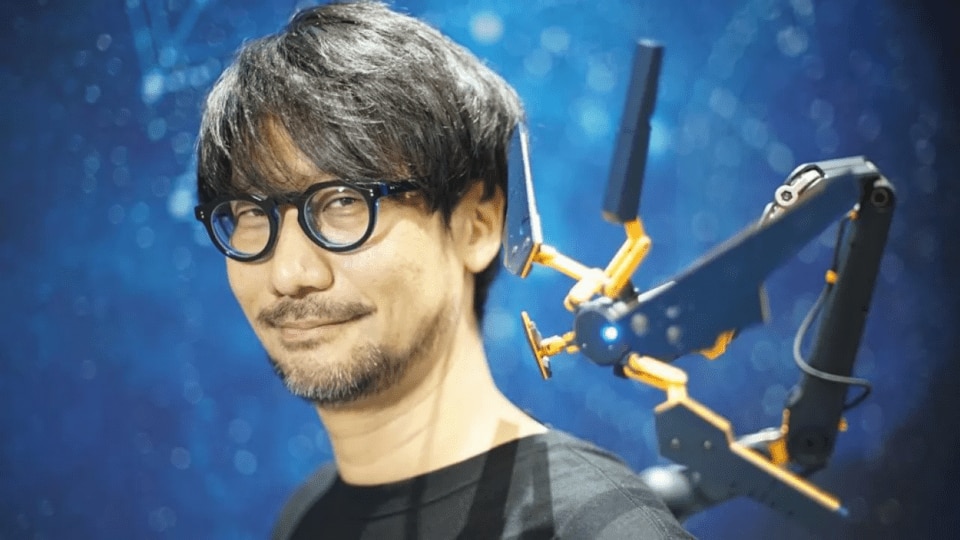by Alessandro Scarano
Death Stranding is one of the most baffling video games ever released —highly anticipated and shrouded in mystery after a four‑year development.. At launch, critics were split: some called it visionary and brilliant, others slow and not “fun” enough. Among players, it quickly became known as “the walking simulator.” Video games are a world that, on one hand, has produced some of the most experimental narratives of our time; on the other, it’s still bound to old formulas and clichés. Released in 2019, Death Stranding is now considered one of the most important video games ever made. This shift in perception matured over time, accelerated by the pandemic, which the game almost prophetically anticipated. Today, you can play it anywhere, even on an iPhone. A film adaptation (produced by A24) and an anime version are in development.
For its creator, Hideo Kojima—one of the most important living game authors—Death Stranding arrived at a very specific moment. Now in his early sixties, Kojima built his name on Metal Gear Solid, a blockbuster military saga that spans half a century of real and fictional geopolitics, from the Cold War to post-9/11 scenarios. He worked on the series until about a decade ago, when Konami, the company that owns the IP, effectively “dismissed” him. In response, he founded his own studio, Kojima Productions, in 2015, based in Tokyo and now employing around 200 people. After a deal with Sony, he starts working on Death Stranding, released as a PlayStation exclusive four years later (Death Stranding 2 will launch on June 26 on PS5).
MGS introduced or refined gameplay elements that later became genre staples—like “stealth,” which eventually grew into a genre of its own—and many of the series’ entries are considered milestones in video game history. Kojima carried that story forward from the original Metal Gear in 1987 all the way to Metal Gear Solid V, released exactly ten years ago. What made him the “Stanley Kubrick of video games”? Without a doubt, his intellectual approach to game design—breaking the fourth wall, obsessively detailed worlds, and a hybrid narrative style using lengthy, cinematic cutscenes. He also recognized early on that video games could tackle complex and unconventional themes, just like cinema or literature.
From video game designer to cultural influencer
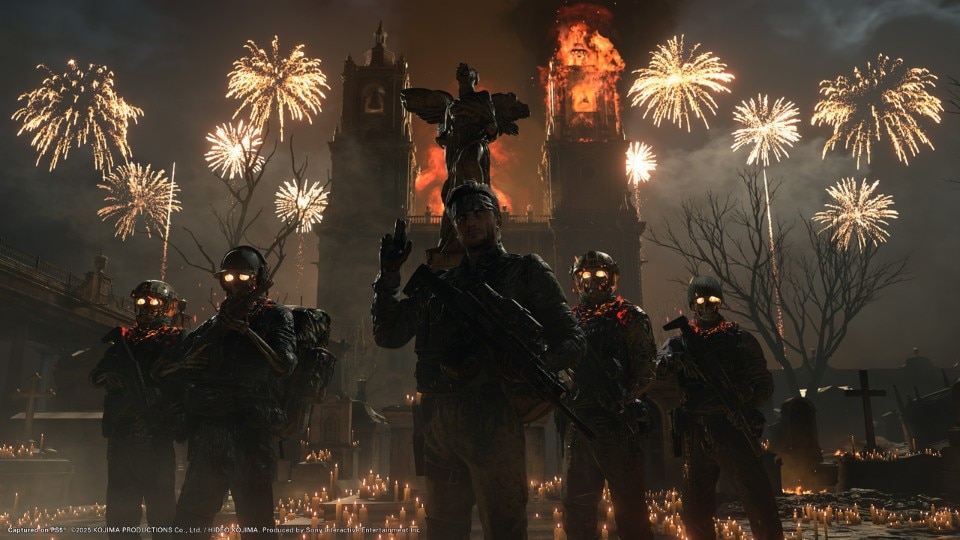
Today, Hideo Kojima is a global figure—more akin to a film director or architect than a programmer. His Instagram account, where he curates pop culture and posts mostly about music and cinema alongside work-related images, has over 3.5 million followers. His “friends” include actor Norman Reedus (formerly of The Walking Dead, now lead in Death Stranding), Léa Seydoux (also in DS), musician Caroline Polachek, and filmmaker Nicolas Winding Refn, known for cult movies like Drive and Only God Forgives. Recently, Kojima debuted an exhibition called Satellites with Refn at the Japanese branch of Fondazione Prada. One of the newest names in Kojima’s inner circle is Italian actor Luca Marinelli, who will appear in Death Stranding 2.
Kojima is a one-of-a-kind figure in gaming. Even when games were “just games,” he introduced sophisticated cultural themes and used the medium’s full potential to explore the present. Like very few pop auteurs, he embedded fundamental questions into entertainment machines with massive reach. One early example is Snatcher (1988), a kind of Blade Runner in visual novel format that unfolds in a post-apocalyptic, anti-techno-utopian world. The game tackles themes such as the boundary between humans and machines, and the rise of fake identities in a paranoid society—citing directors like Kurosawa and Carpenter.
In Death Stranding we championed connection—but natural connections born offline are much more valuable than those we build remotely.
Hideo Kojima
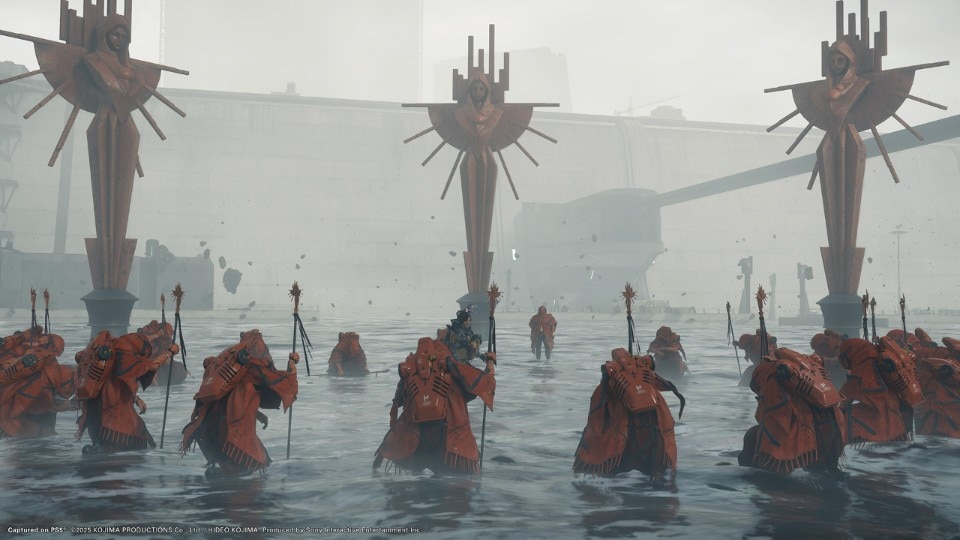
The speculative architectures of Metal Gear Solid
Metal Gear Solid itself is a vast fresco of contemporary reality, blending international politics, AI discourse, and the body as interface. As the architect of our imaginary, Kojima builds systems before stories. His worlds function like ideological machines and follow the logic of speculative architecture. His themes are layered, transversal, and dense: from bodies as design space to cities as narrative mechanisms. His references range from Baudrillard’s simulacra to Koolhaas’s junkspace, from Virilio and Colomina to the now-canonical capitalist realism of Mark Fisher. Take Big Shell in MGS2 (2001): presented as an ecological platform, it’s actually a military installation designed to manipulate the protagonist through a simulated war—a lucid Foucaultian nightmare.
With MGS, Kojima showed that a commercially successful video game could also be a sophisticated cultural artifact. Death Stranding takes the opposite approach. It begins, especially in its early stages, like a strange and deeply personal statement from an auteur no longer bound by commercial convention. DS flips expectations, opens with a surreal mission where protagonist Sam Bridges carries the U.S. president’s corpse across rivers and mountains toward a crematorium. There are no visible enemies—just gravity. “This is a new genre … there will be people who don’t get it,” Kojima said at the time. He added it would take time “for the real evaluations to come in.”
Death Stranding: Fatigue, Trauma, Prophecy
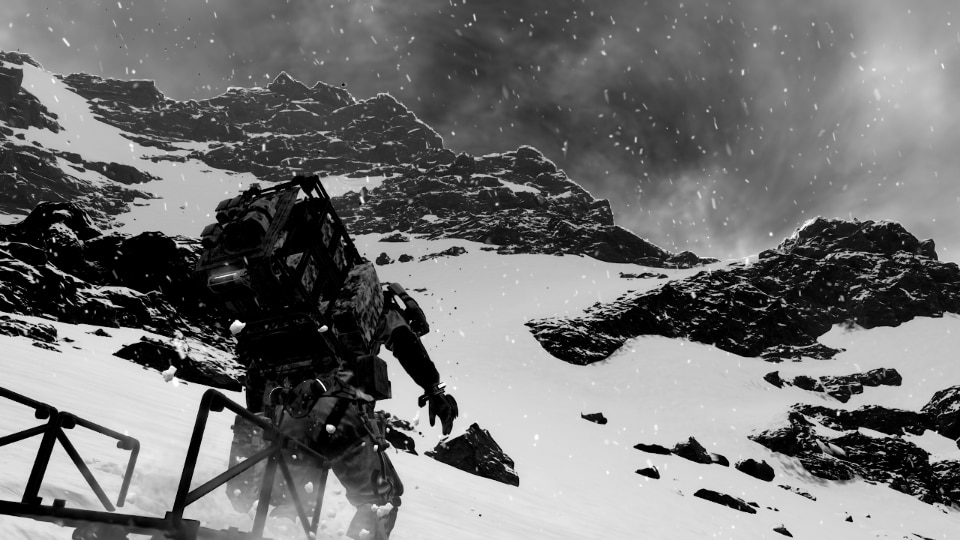
In DS, we find weather, mortality, the obsession with balance, absurd power structures, and the constant battle against nightmares—and perhaps even dreams. There’s a visceral sense of physical fatigue rarely experienced in video games. More importantly, the world is one where human beings have lost their connections. Sam Bridges is essentially a courier—a rider—an emblematic figure of our current reality, playing a central role in a post-catastrophe world full of danger, terrorism, and ghosts. At times, the layering of ideas is dizzying. The game was developed during the political disconnection of early Trump-era America and Brexit, and it launched just months before the Covid pandemic, which gave its themes new weight. It’s not the first time Kojima has been seen as prophetic—something that has added to his near-mythical status.
“I feel always lonely in society… You feel so lonely,” he explained in an interview about how Death Stranding came to be. In the game, Sam’s actions represent a potential for reconnection.
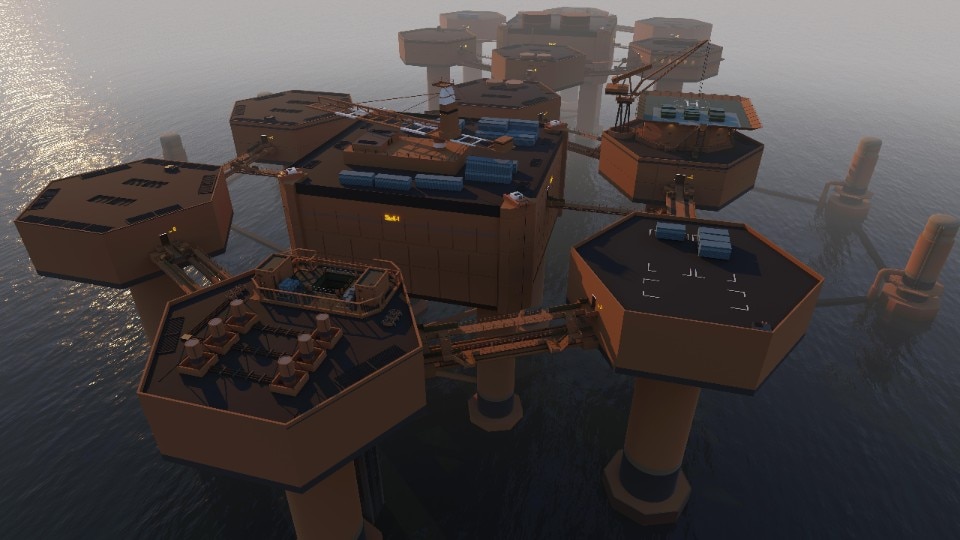
“A game about connecting the world again”
But connection isn’t always a good thing. That, according to Kojima, is one of the core ideas of Death Stranding 2, coming at the end of June. The pandemic began three months after the release of DS. “After actually experiencing that, I felt that maybe it’s not such a good thing to connect so much.” More than a critique of connection itself, Kojima is concerned with how we connect. “Humans exist in a physical reality,” he said. One of his targets: remote work. “When I went to America and finally got to hug people again, that feeling was just so different.”
Death Stranding 2 is subtitled On the Beach—a dreamlike realm where the dead and the living coexist in Kojima’s world. If the first chapter was an ode to reconnection, this one reflects the forced disconnection brought on by Covid-19—and the relationships born online from that moment onward. “What I felt during the pandemic is quite strongly reflected within this title,” Kojima said. He explained that he completely rewrote the development of the sequel after the pandemic. “In Death Stranding we championed connection—but… natural connections born offline are much more valuable than those we build remotely.”
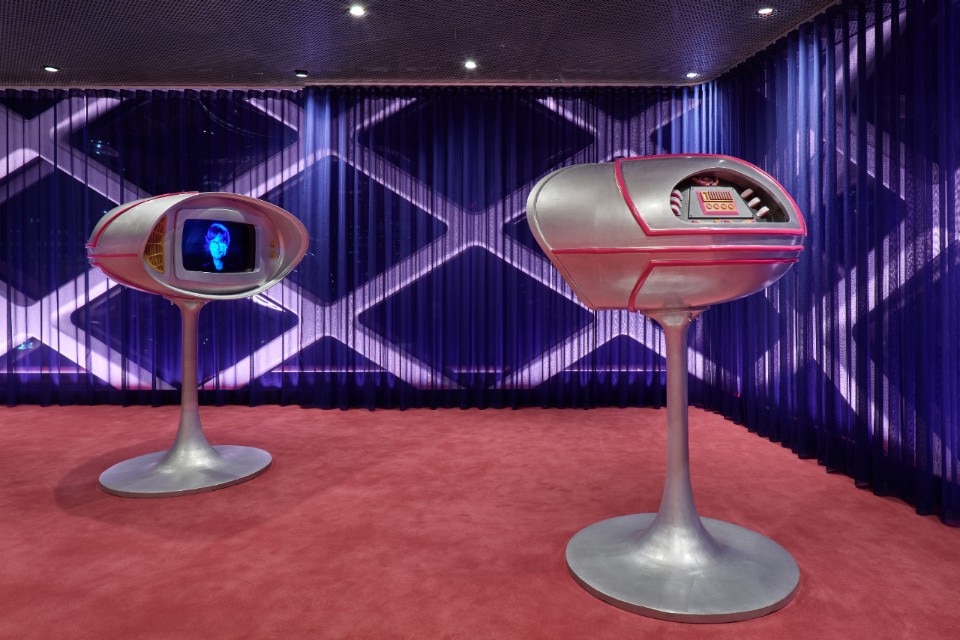
Kojima also said DS2 would feature “three times the combat,” though the first installment wasn’t lacking in action—especially in the second half. You can always run from fights or play in stealth mode, but from what we’ve seen, DS2 may be in constant struggle. In a world becoming numb to the idea of permanent hybrid war on a global scale, Kojima’s prophecy might seem too obvious. Yet, as he emphasizes, the game is not about fighting. As he puts it, it’s “about connecting the world again.”
Death Stranding 2: On the Beach, developed by Kojima Productions and published by Sony Entertainment, has been released on June 26 exclusively for PlayStation 5.
Opening image: Hideo Kojima in Nicolas Winding Refn's exhibition “Satellites” with Hideo Kojima, Prada Aoyama Tokyo, 18.4 – 25.8.2025. Photo Yasuhiro Takagi, Courtesy Prada


